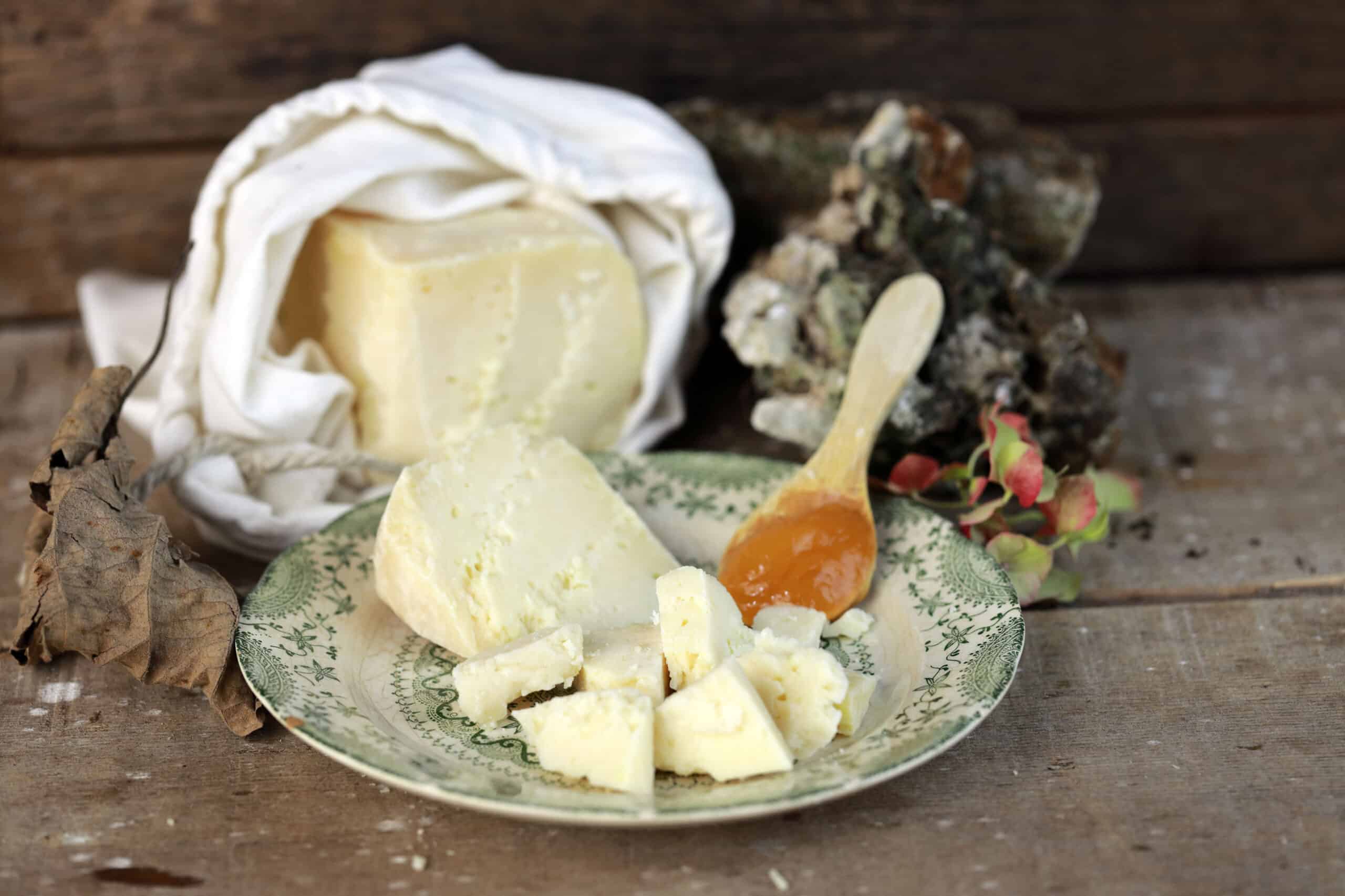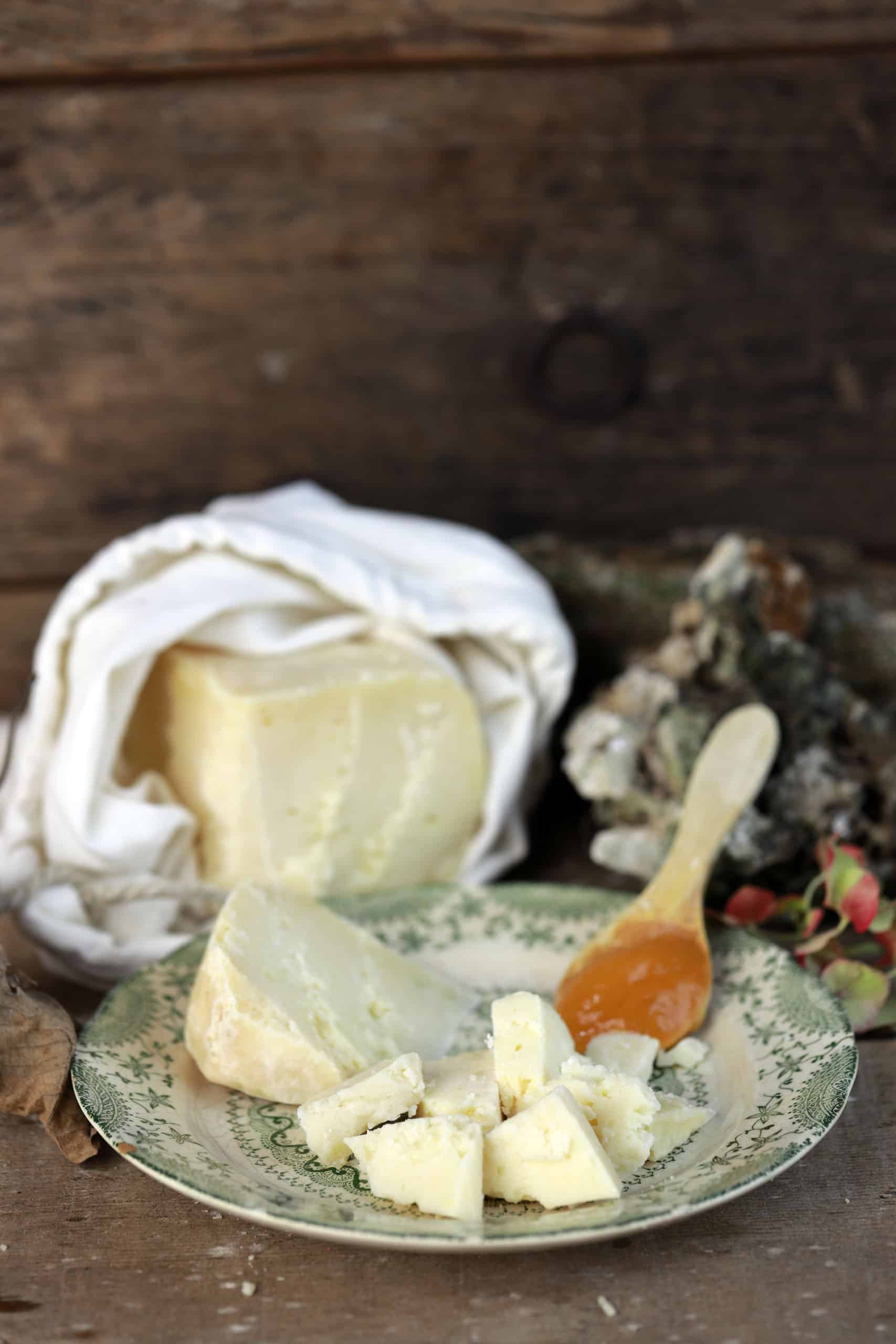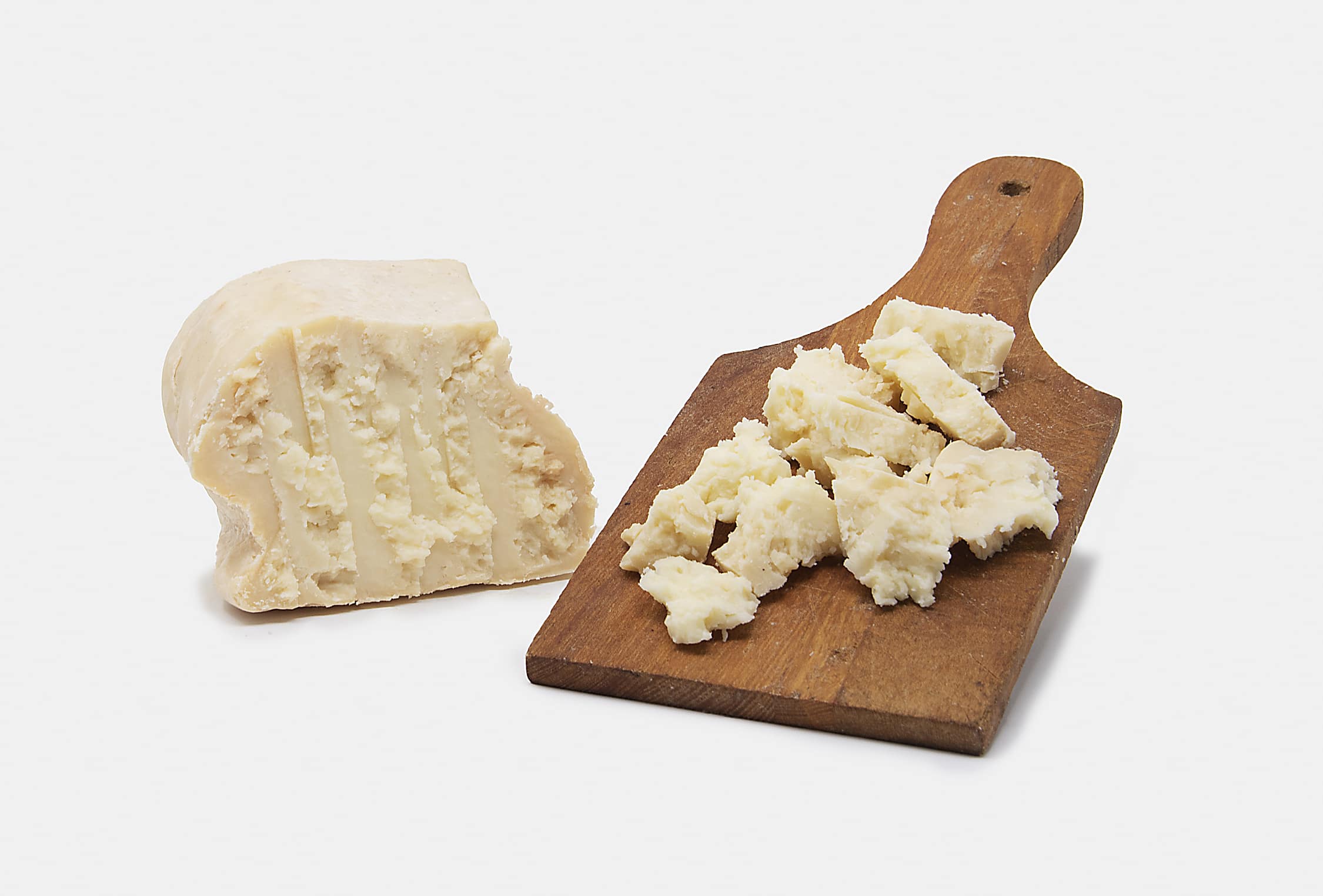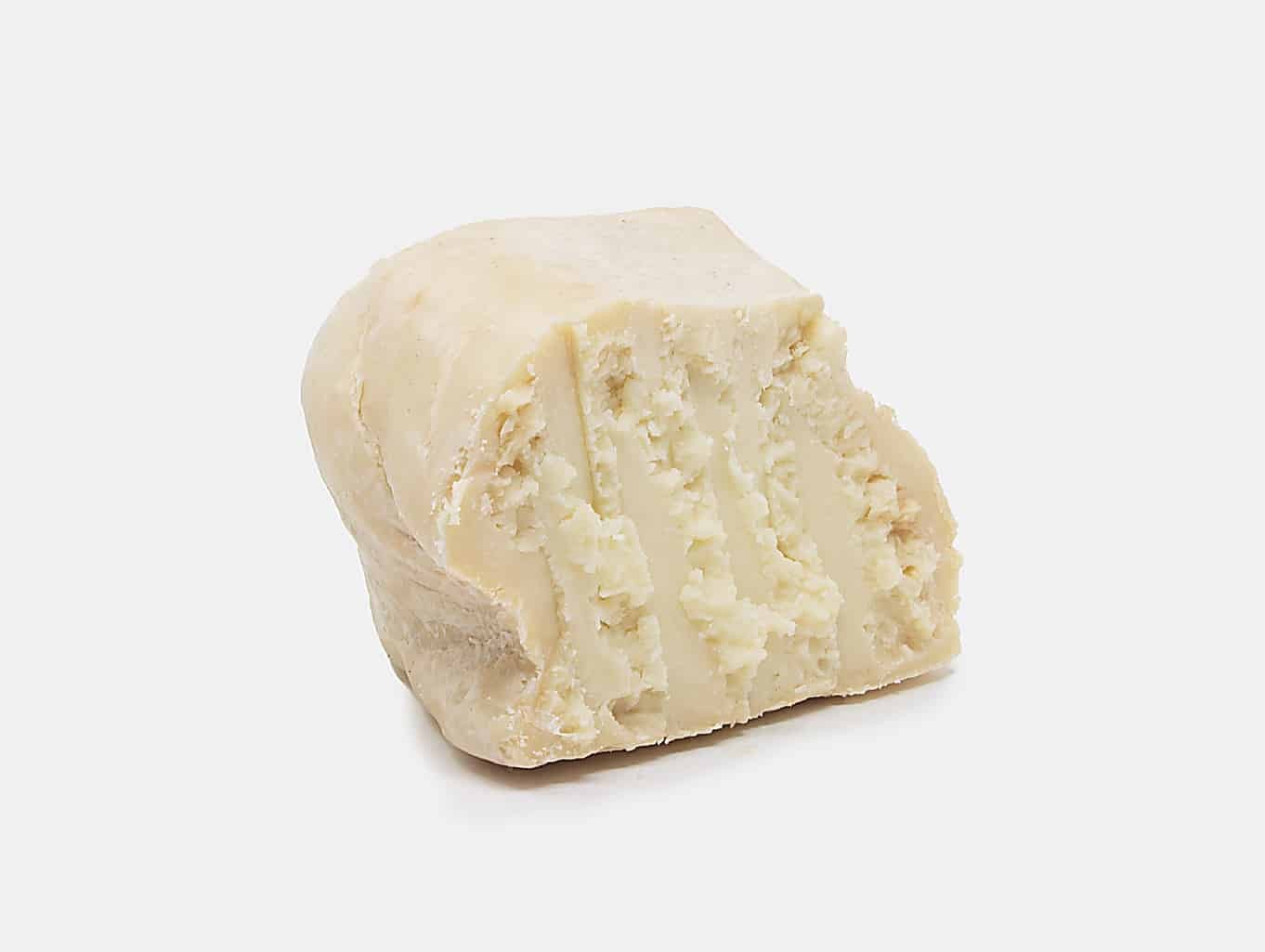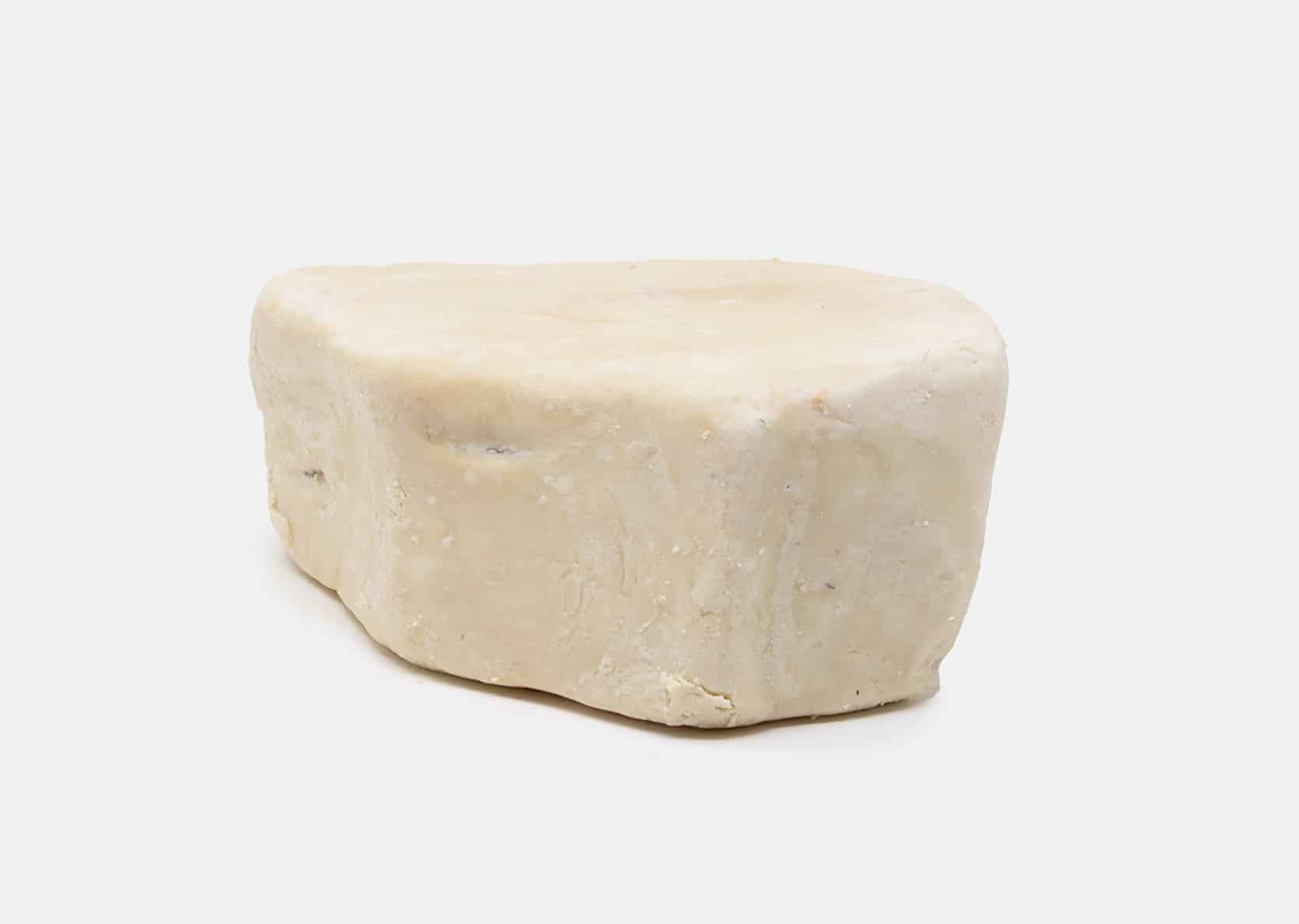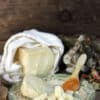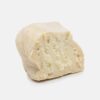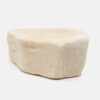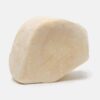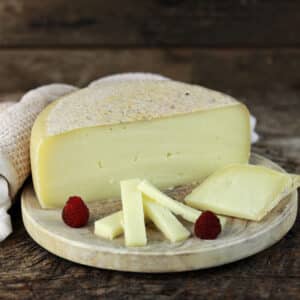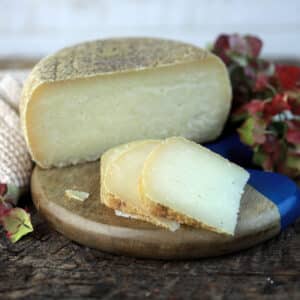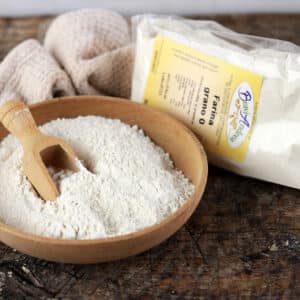What distinguishes our Talamello from a common pit pecorino is the method in which its maturation takes place. This method was discovered by chance by Mr. Fortunato and his children in their Maremma Dairy in Follonica. Since the 1960s, the Spadi family has in fact specialized in the production of typical cheeses not only from the Maremma, but from all of Tuscany, becoming in this period an ambassador in the world of the unique flavors of our region.
Returning to the seasoning technique that leads to the creation of Talamello, this is matured under the ground, wrapped in white sheets inside particular flask-shaped tuff pits: and it is precisely the particularity of the shape of the pits and of the material in which they are excavated, the tuff, to make the whole process unique. The maturing period lasts about four, five months and usually begins between the end of summer and the beginning of autumn when the dry tuff from the warm temperatures of the summer, gives this very particular cheese an intense aroma and taste that make it instantly recognizable.
Talamello is made using only pasteurized sheep’s milk, lactic ferments, rennet and Volterra salt. Its compact white paste tending to straw yellow melts pleasantly on the palate, giving a full and tasty flavor.
Excellent if consumed alone, as a meal, perhaps accompanied by a few drops of Acacia Honey, it is also suitable for use in the kitchen in many ways: it can be grated on pasta or savory pies to ensure a crunchy and rich gratin, or for enrich the filling with cannelloni or crepes.
The aging in the pit: a technique of medieval origin
Although our Talamello is characterized by the particularity of the shape (flask) and the material (tuff) of the pits in which it is matured, it must be said that the aging “in pit” of cheeses in general, and pecorino in particular, it is an ancient technique, which has its roots far back in the centuries.
The first news of this specific cheese-making method of maturation and conservation date back to 1200, 1300, even if to have written sources it is necessary to arrive in the Renaissance period. It was initially widespread mainly in the Marche and Romagna, however, with the passage of time, it also spread to Umbria and our Tuscany.
The original choice of placing the cheeses inside holes dug into the rock arose from the need to hide and thus protect the livelihoods of raids and from the looting of enemies, very common throughout the Middle Ages. In fact, it was no coincidence that the same was that from the end of summer to late autumn had hosted the forms of pecorino to mature, during the winter they were used to store grains, cereals and other foodstuffs.
What is certain is that, regardless of the need for protection from looting, the action of “burying” the pecorino cheese in the ground soon revealed other advantages, linked above all to improving the organoleptic qualities of the cheese. In fact, thanks to the particular habitat of the pit, the pecorino acquired a more intense aroma with important notes of undergrowth, and a richer flavor, between sweet and spicy. These are characteristics that we can still appreciate today.
Ingredients
Pasteurized sheep’s MILK, Volterra salt, rennet, ferments.
Pecorino cheese sunken in Talamello.
Store from + 2 ° to + 10 ° C.
Produced and packaged in the IT 09 038 CE factory.

